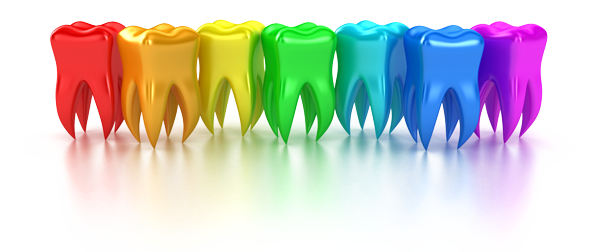
Using a laser, we gently sever the frenum using laser pulses to detach the frenum from its attachment. Use of the laser reduces healing time and only takes 3-5 minutes, with full healing of the treated area occurring within 10 days. The entire procedure is performed using only a small amount of anesthetic, and post operative discomfort is minimal, allowing you to eat and function normally after treatment.
Conscious Oral Sedation
Conscious oral sedation is an alternative minimal sedation that allows you to remain awake but relaxed. For people who have a fear of dental procedures, conscious sedation may take away some of the anxiety. The doctor will combine the use of oral sedation along with a local anesthetic so you have little to no discomfort. You should plan to have someone bring you to the appointment and be available to drive you home following treatment.
IV Sedation
Our highly qualified staff is trained to provide IV sedation in our office.
IV sedation is an alternative sedation that allows patients to be relaxed during procedures. Dr. Wanatick will combine the use of IV sedation along with a local anesthetic so you have little to no discomfort.
For IV Sedation, our patients’ vital signs such as blood pressure and heart rate are continuously monitored by our trained staff. Patients should plan to have someone bring them to the appointment and be available to drive them home following treatment.